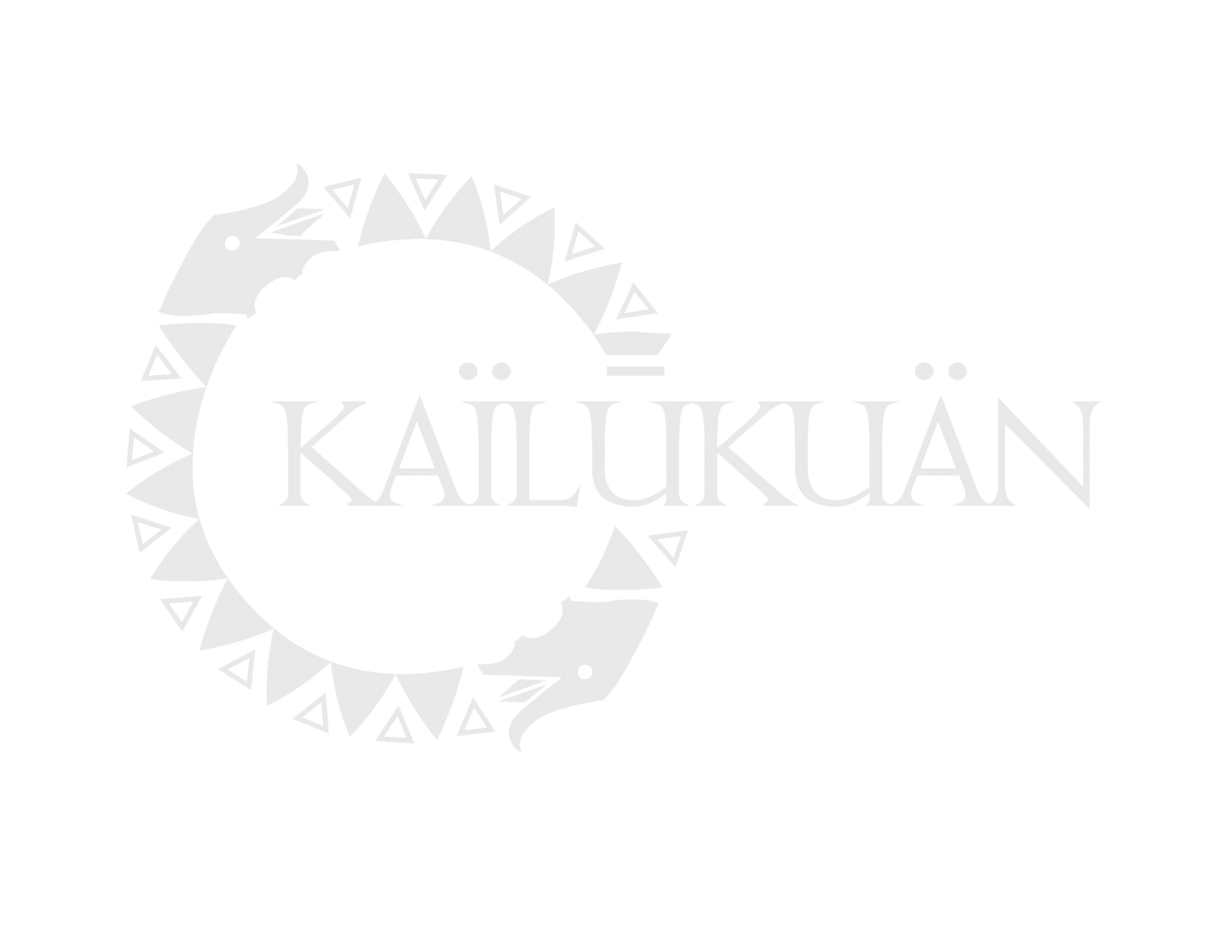 Image 1 of
Image 1 of


PAULI OIL
Traditionally, the paüli is a form of sukal, which is something that neutralizes or counteracts the effects of sorcery or witchcraft. They are either carried on one’s body or placed in an area such as a place of residence. The basic components of the paüli are: burabor (stingray stinger barb), corales bugbugtong (a dark brown branchless coral species) and labintanos seed (Adenanthera pavonina Linn.) that are placed in a bottle of coconut oil. At times, special roots and other mystical objects are included. The combination of these substances have a synergistic effect so that it serves as a sort of talisman.
The term “burabor” literally means “to repel” or “to ward off.” In the case of our paüli, we use fractionated coconut oil that does not solidify at lower temperatures. Included is myrrh oil (Commiphora myrrha) that gives off a fragrant aroma, thus giving the paüli a unique quality enabling one to use it as sapsapo for anointing. In order to replenish the coconut oil when it gets low, more fresh oil is added so that it imbibes the “energy signature” of the existing oil, similar to how Homeopathic medicine is made.
Note: Unlike the illegal collection of elephant tusks or rhinoceros horn, these barbs are collected from a source that catches stingrays for consumption.
Traditionally, the paüli is a form of sukal, which is something that neutralizes or counteracts the effects of sorcery or witchcraft. They are either carried on one’s body or placed in an area such as a place of residence. The basic components of the paüli are: burabor (stingray stinger barb), corales bugbugtong (a dark brown branchless coral species) and labintanos seed (Adenanthera pavonina Linn.) that are placed in a bottle of coconut oil. At times, special roots and other mystical objects are included. The combination of these substances have a synergistic effect so that it serves as a sort of talisman.
The term “burabor” literally means “to repel” or “to ward off.” In the case of our paüli, we use fractionated coconut oil that does not solidify at lower temperatures. Included is myrrh oil (Commiphora myrrha) that gives off a fragrant aroma, thus giving the paüli a unique quality enabling one to use it as sapsapo for anointing. In order to replenish the coconut oil when it gets low, more fresh oil is added so that it imbibes the “energy signature” of the existing oil, similar to how Homeopathic medicine is made.
Note: Unlike the illegal collection of elephant tusks or rhinoceros horn, these barbs are collected from a source that catches stingrays for consumption.
Traditionally, the paüli is a form of sukal, which is something that neutralizes or counteracts the effects of sorcery or witchcraft. They are either carried on one’s body or placed in an area such as a place of residence. The basic components of the paüli are: burabor (stingray stinger barb), corales bugbugtong (a dark brown branchless coral species) and labintanos seed (Adenanthera pavonina Linn.) that are placed in a bottle of coconut oil. At times, special roots and other mystical objects are included. The combination of these substances have a synergistic effect so that it serves as a sort of talisman.
The term “burabor” literally means “to repel” or “to ward off.” In the case of our paüli, we use fractionated coconut oil that does not solidify at lower temperatures. Included is myrrh oil (Commiphora myrrha) that gives off a fragrant aroma, thus giving the paüli a unique quality enabling one to use it as sapsapo for anointing. In order to replenish the coconut oil when it gets low, more fresh oil is added so that it imbibes the “energy signature” of the existing oil, similar to how Homeopathic medicine is made.
Note: Unlike the illegal collection of elephant tusks or rhinoceros horn, these barbs are collected from a source that catches stingrays for consumption.
